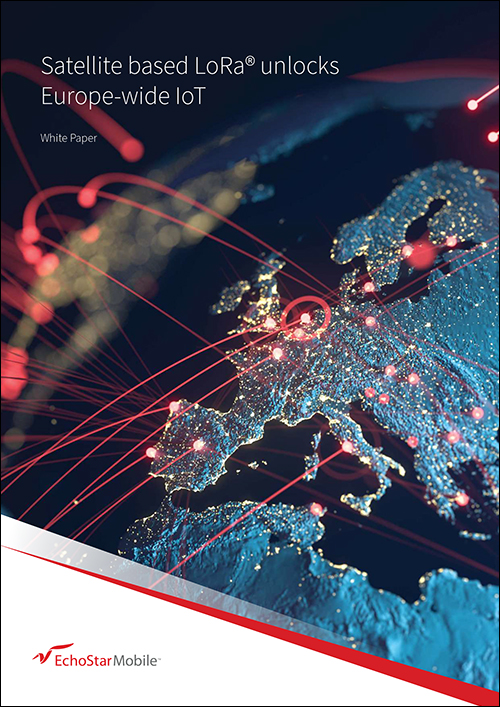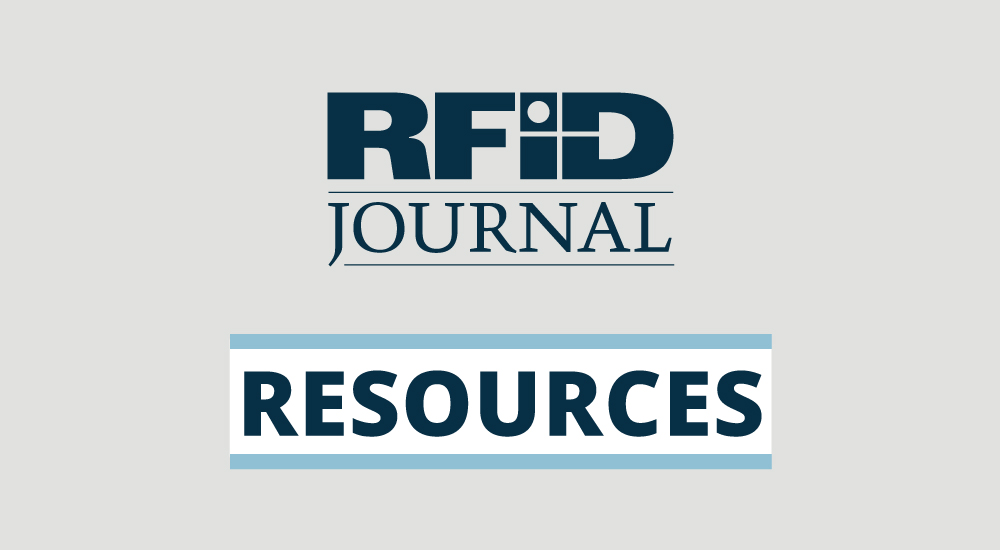 Big data is the dominant economic currency in a changing world moving at an increasingly accelerated pace. The speed and frequency with which data is collected, processed, and actioned is crucial to delivering the core promise of the Internet of Things (IoT), either saving money through optimized operations or enabling new business models to generate new revenue streams.
Big data is the dominant economic currency in a changing world moving at an increasingly accelerated pace. The speed and frequency with which data is collected, processed, and actioned is crucial to delivering the core promise of the Internet of Things (IoT), either saving money through optimized operations or enabling new business models to generate new revenue streams.
The Internet of Things consists of physical objects that have smart capabilities to collect data regarding their physical world. This data is transmitted via communication networks to application servers that process, store, analyze and produce actionable information through the use of specific algorithms. Whether it’s reporting on the status and condition of electrical transformers, tracking vehicle fleets, or reporting on pressures and temperatures in a process plant, the IoT provides a powerful tool to transform data into information, knowledge and wisdom.
There are numerous challenges to making the best use of the Internet of Things, however. A primary challenge is choosing the optimal network architecture. Issues affecting this choice include requirements to scale from thousands to millions of nodes, densely or sparsely populated unit distribution, fixed or mobile operations, and areas remote from terrestrial infrastructure. Getting this architecture right and adopting a capable and flexible connectivity method are the keys to successfully using IoT and realizing its benefits. This white paper, produced by EchoStar Mobile, explains how to choose and use IoT technologies, why LoRa supports wide IoT adoption, why satellite links offer flexible connectivity, and more. (12 pages)

